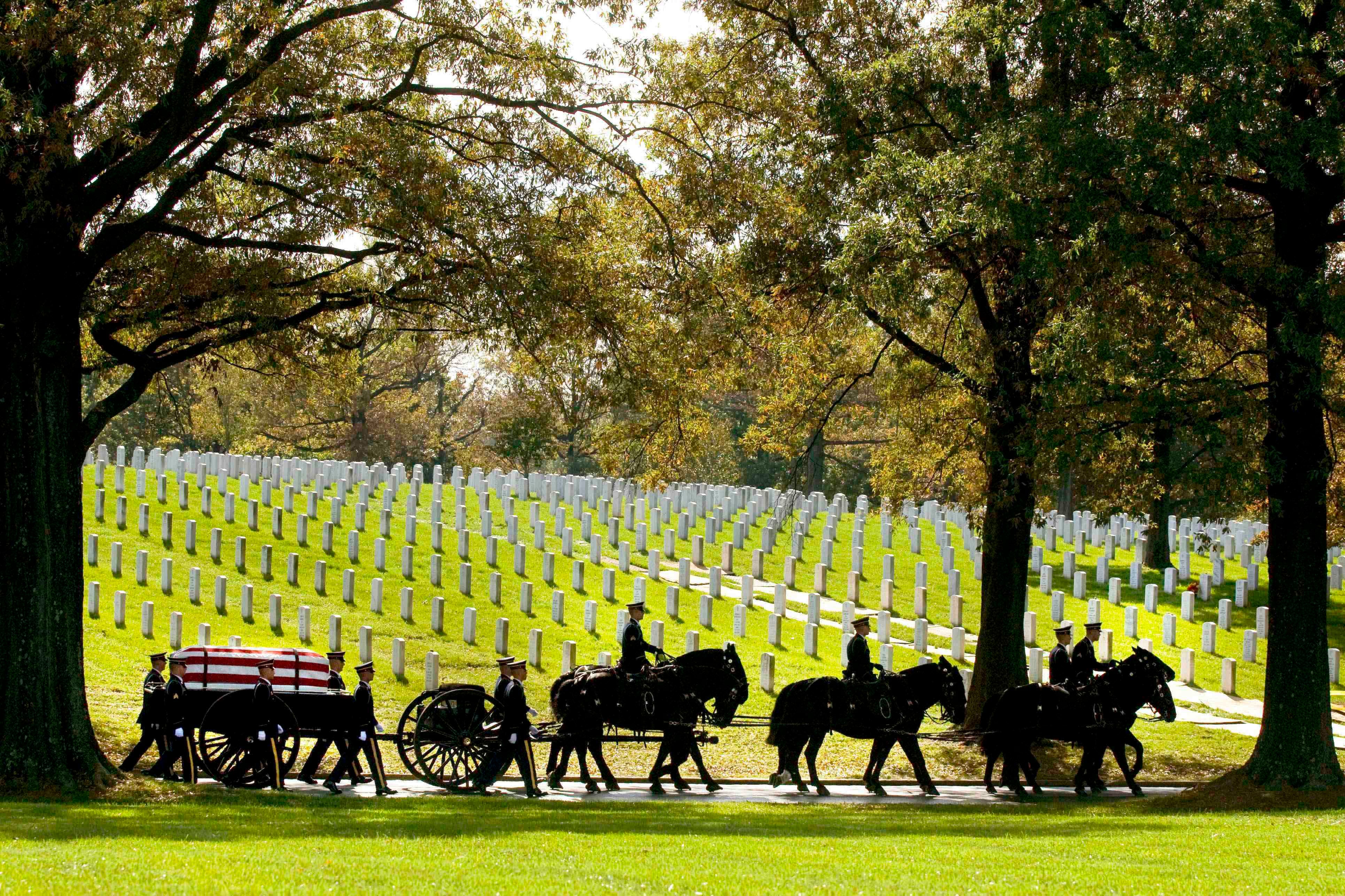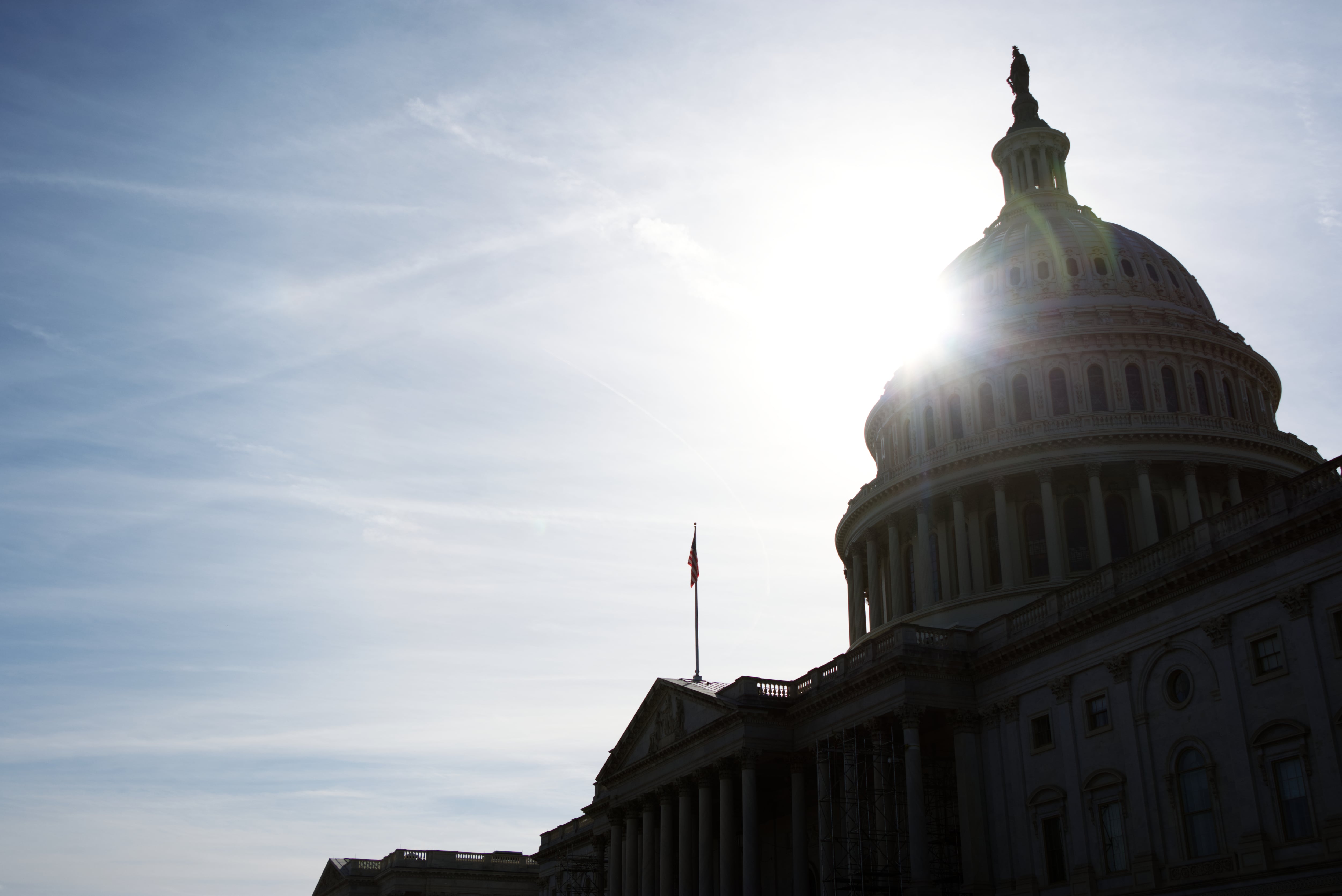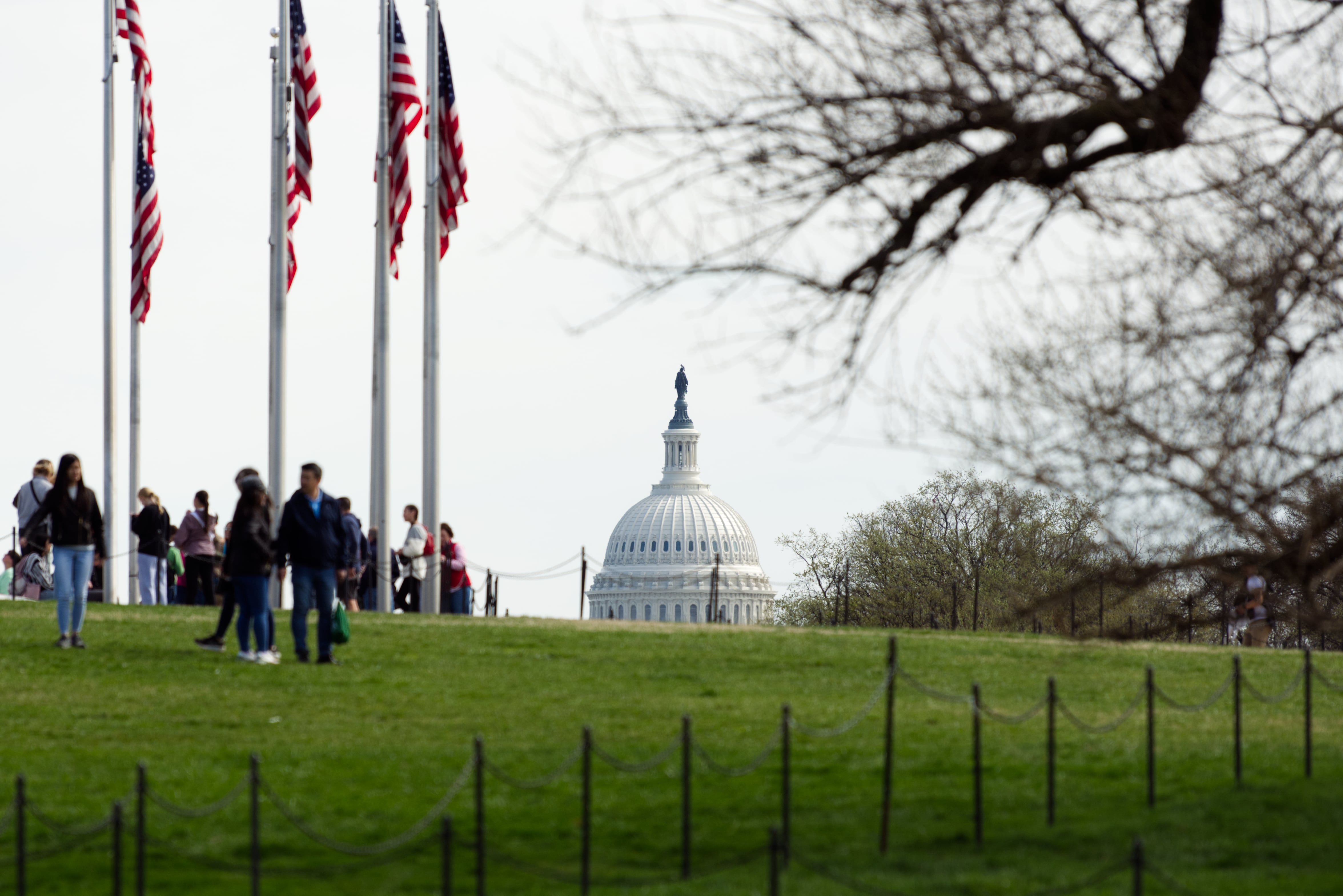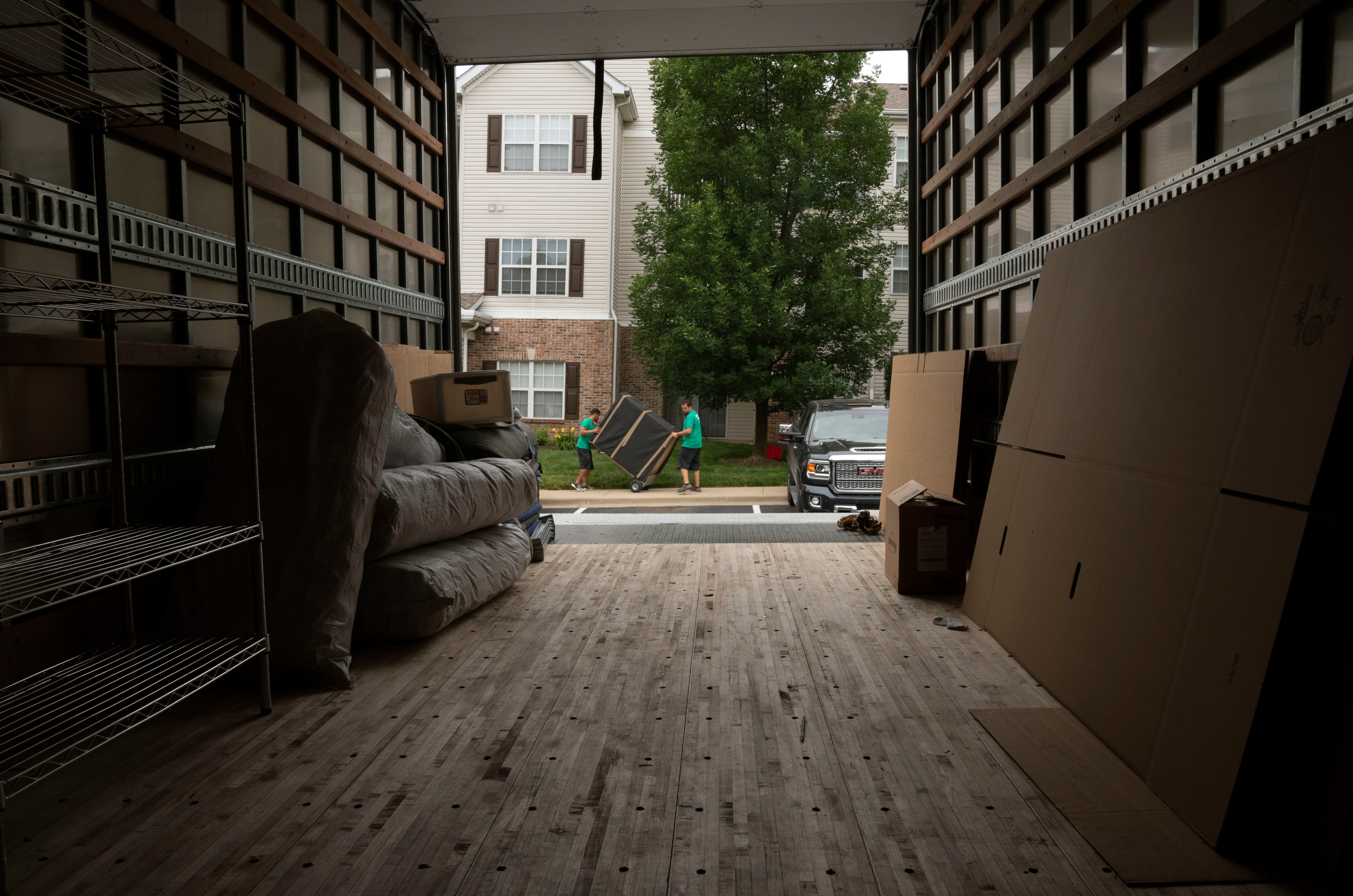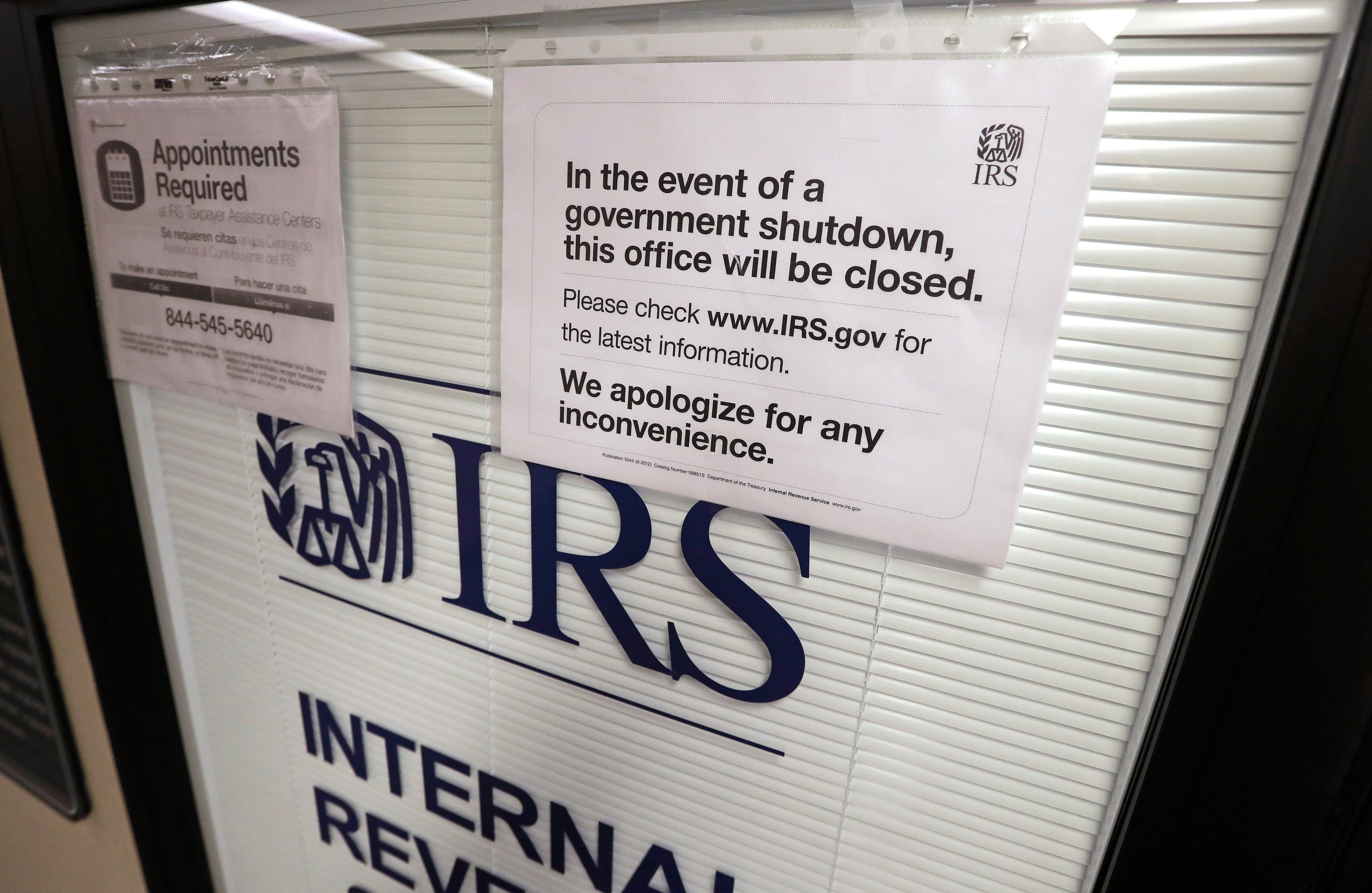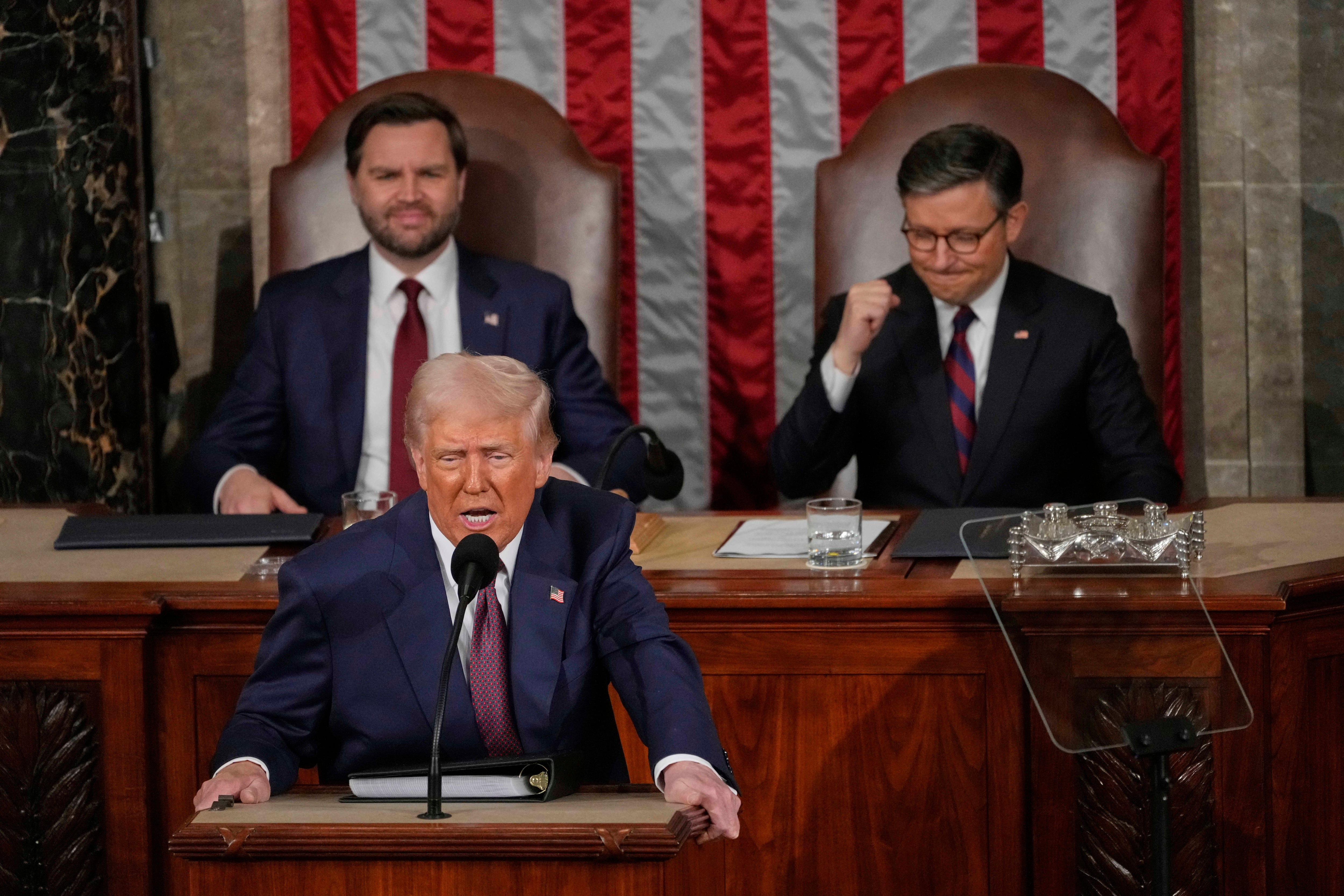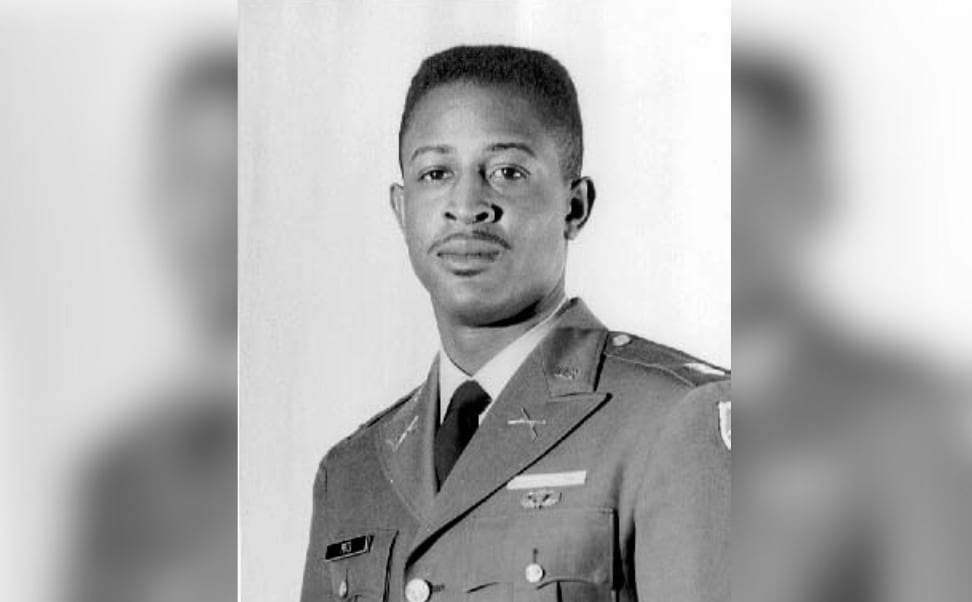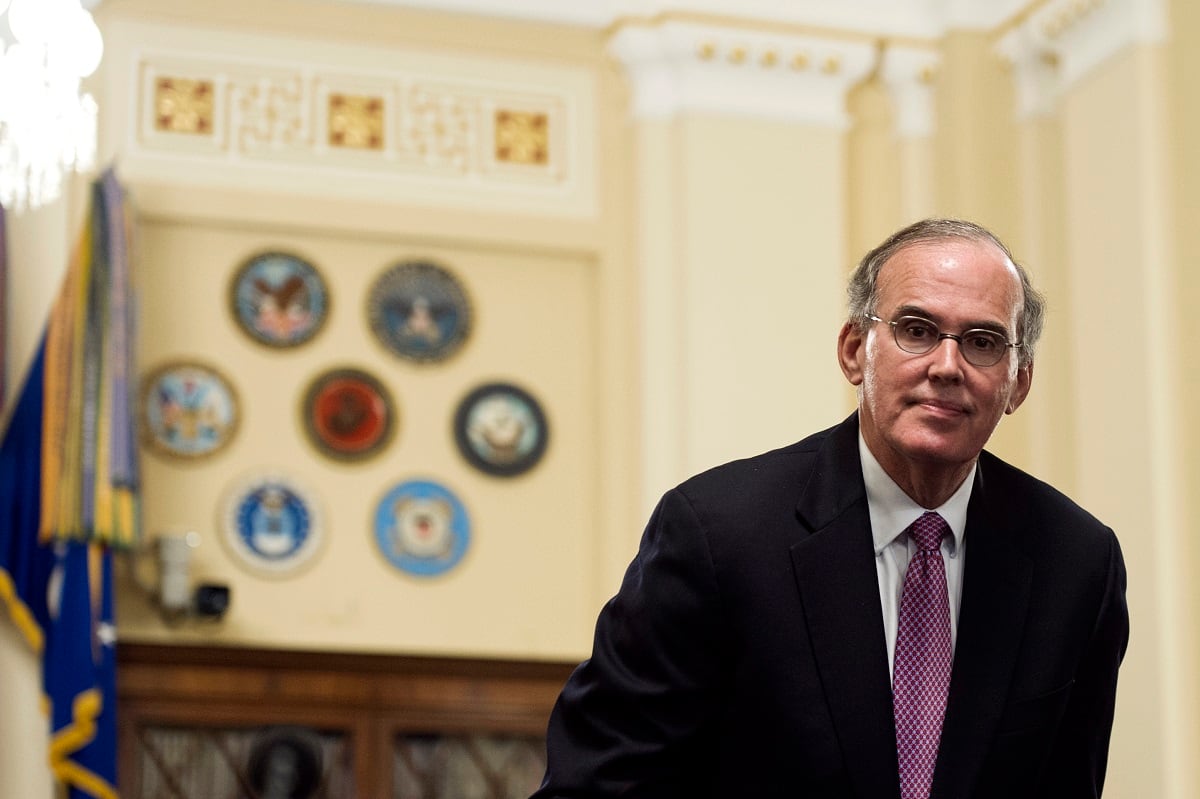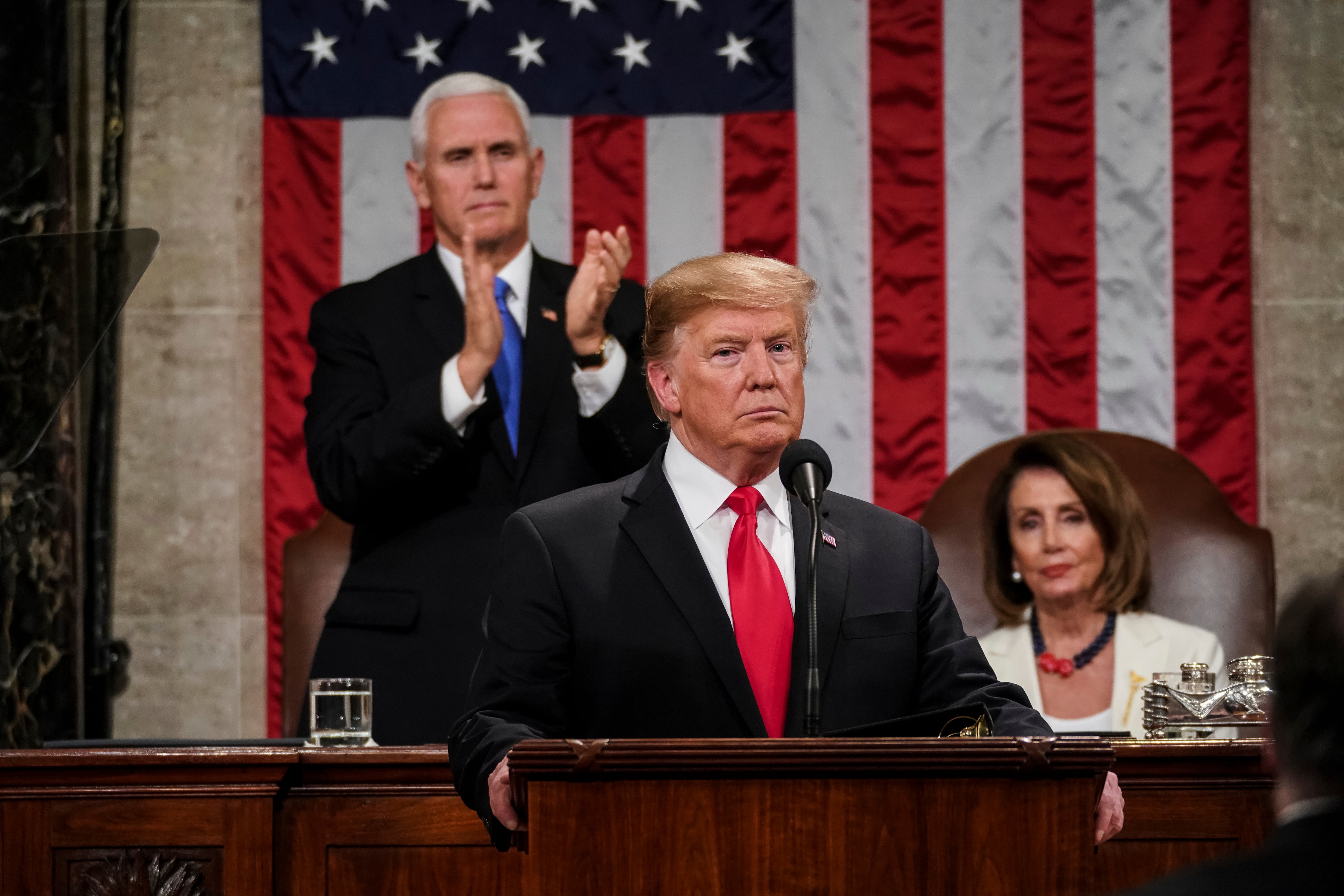The Army will soon begin limited use of horse-drawn caissons for funerals at Arlington National Cemetery, phasing in the long-held tradition after nearly two years of work to improve the care of the horses.
Starting June 2, the caissons will be used for two funerals per day, up to 10 per week, the Army said. The decision comes as the Army struggles to improve training, get better equipment and facilities and rebuild the stable of horses after two died in 2022 due to poor feed and living conditions.
“After careful consideration and coordination, we are pleased to reintegrate the caisson conveyance into funeral services at Arlington National Cemetery, a solemn and revered tradition that honors our veterans and service members as they are laid to rest,” said Karen Durham-Aguilera, executive director of the Office of Army Cemeteries and Army National Military Cemeteries.
The return of the caissons has been delayed several times. The Army suspended the use of the gray and black horses for the caissons in May 2023 to develop a program to improve the health and conditions of the herd. Two of the Old Guard platoon horses, Mickey and Tony, had to be euthanized within days of each other in February 2022. Both died of colon impaction.
On Tuesday, Maj. Gen. Trevor Bredenkamp, commander of the Army Military District of Washington, told a small group of reporters that the Army has been working tirelessly with equine experts to buy horses and improve their veterinary care, training and equipment. He said the Army now has 46 horses and that 33 of those are in three squads that would be used for the caissons.
Initially, he said, two of those squads that have been fully trained and certified will be used for the funerals. He said it is hard to say when the third will be used and how long it will take to get a fourth squad up and operating because it depends on the ability to find and buy the horses.
He said they are largely looking for Percheron or Percheron cross draft horses that are dark in color and between 6 and 14 years old. Two squads can do the 10 funerals a week. When four squads are fully built and certified and the Fort Myer stable can house two of the squads at one time, the cemetery will be able to go up to about 20 caisson funerals a week.
That number is still far short of the 30 a week that the cemetery had been doing prior to the problems.
Bredenkamp said about $10 million a year is being spent to operate and maintain the program, adding that it costs about $900,000 to buy, train and equip a squad.
Cemetery officials said that in mid-April, visitors will begin seeing the caisson platoon — including the horses and soldiers — around the cemetery as they prepare the horses for duty.
During an investigation into the horses’ deaths and condition of the herd, the Army found that there was very little grass in their turnout fields and they consumed sand and gravel from the ground while eating the low-quality hay they were fed.
The fields were littered with construction debris and manure and were only large enough to support six or seven horses, nowhere near the 64 that were using the fields when Mickey and Tony died, the investigation said.
A year ago, officials said they were making progress buying new horses, getting better equipment and improving the training, facilities and turnout areas. But at the time, Bredenkamp said it was far more time consuming and difficult than initially expected to get the program going again.
He had warned that it would take an extended period of time to get enough horses to meet the funeral needs.
On Tuesday, he said all of the horses in the program in previous years had been retired and all new horses have been acquired.
Service members eligible for the use of the caisson will include those killed in action, recipients of the Medal of Honor or the Prisoner of War Medal, all regardless of rank; as well as senior noncommissioned officers, senior warrant officers and senior commissioned officers. In addition, they will be available for the funerals of about 25 service members whose families wanted to wait until the caissons returned.
In a statement, Renea Yates, acting superintendent of Arlington National Cemetery, said using the caissons in a more limited way will be disappointing to some families, but it “allows us to reintegrate our working horses back to the cemetery and safely continue the sacred duty of escorting our nation’s heroes to their final resting place.”
